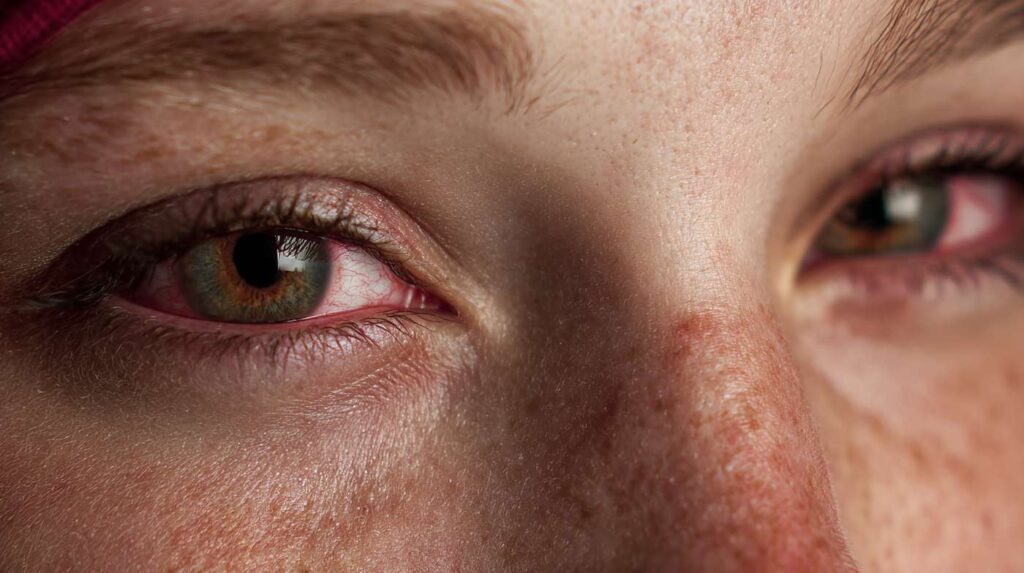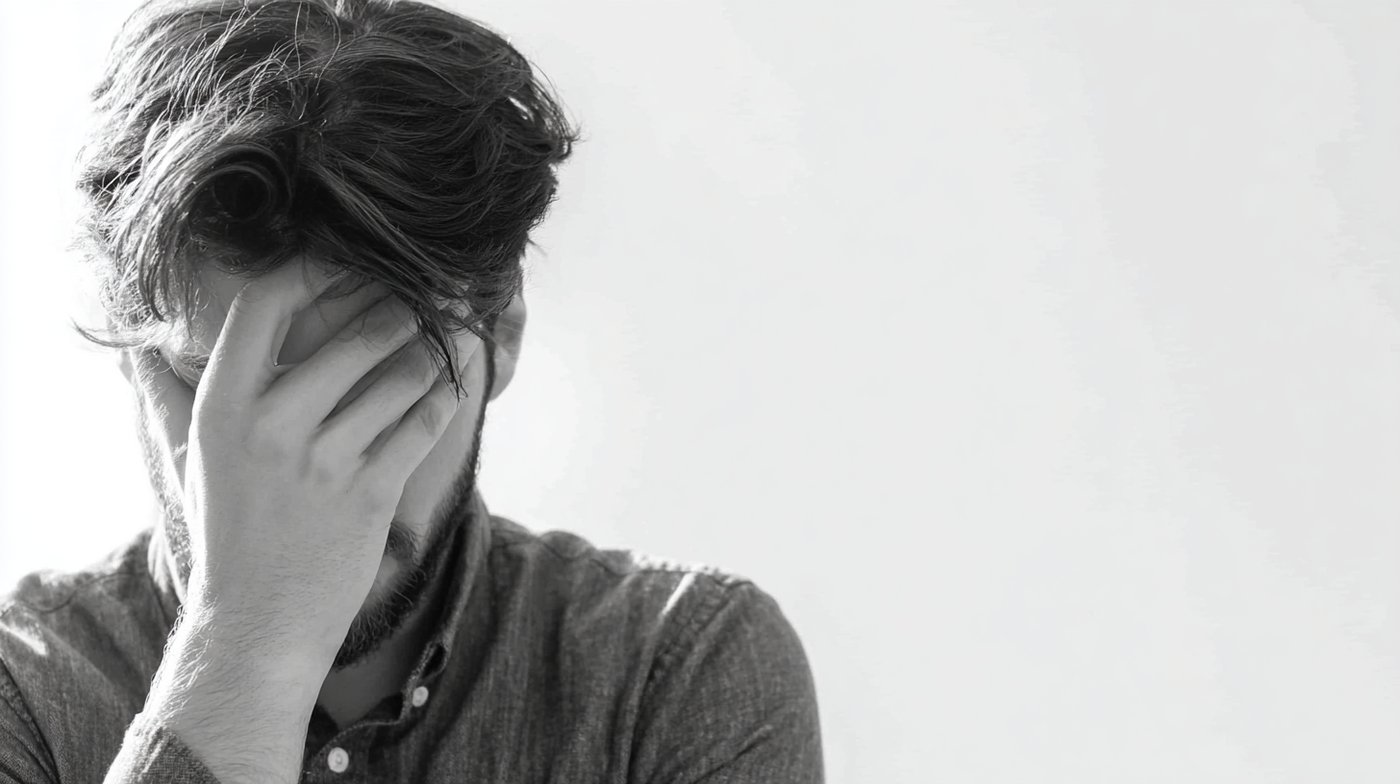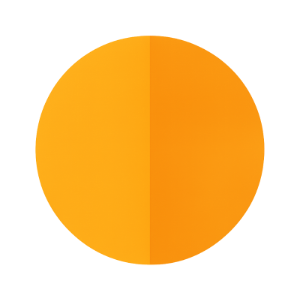This article has been clinically reviewed by Dr. Sean Barlow.
The eyes can act in all kinds of ways. They can give information that even words can’t. I mean, they are the windows to the soul. But sometimes they are the window to the physical body, too. They tell the world what you recently ate, drank, sniffed, or inhaled. Bloodshot. Droopy. Pupils too big or too small. Eyes that look like they’re seeing something different than everyone else. These are high eyes.
And while it might seem like just a cosmetic issue—someone looking a little “off”—the truth is, eyes can tell you more than any confession ever could.
The white part of the eye doesn’t lie. Neither do your pupils. Your autonomic nervous system controls them, and that system has a function. It’s not trying to impress anyone. Sometimes the eyes are the first sign that someone is high. It’s biology in plain sight.

So What Are High Eyes?
When we say someone has “high eyes,” we’re talking about some physical changes—usually redness, puffiness, drooping, or changes in pupil size. These things can happen for various reasons, and one of them is drug use.
For high eyes, redness is the big one. THC (in marijuana) dilates blood vessels in the eyes, which is why your buddy who swears he’s “totally fine” looks like he needs a liter of Visine.
But it’s not just weed. And it’s not just redness.
Opioids like heroin or fentanyl can cause pinpoint pupils, sometimes called “pin pupils,” even in bright light.
Stimulants like meth or cocaine blow the pupils wide open.
Benzodiazepines, like Xanax, make the eyes look glassy, distant, as though someone’s barely tethered to the room.
So, if you’re asking What Are High Eyes, think of it as a biological signal. And yes, it exists and manifests differently for different substances.
The Chemistry Behind the Red
Bloodshot eyes happen when the blood vessels on the surface of the eye expand, and that happens when drugs interact with your body’s blood pressure, oxygen, and hormone systems.
Cannabis is the most famous culprit—it drops blood pressure temporarily, which causes those vessels to widen, and guess what? Red eyes.
Alcohol is another common substance that affects the eyes; it causes dryness and irritation. That’s why a hangover comes with scratchy eyes and blurry vision.
And while you’re at it, synthetic drugs, MDMA, and prescription meds—many of them come with their own set of visual side effects.
Eyes are like fingerprints for pharmacology.
Other Drugs, Other Clues
If someone’s on multiple substances—or mixing them with anxiety, sleep deprivation, or trauma—you’ll see an eye portrait that’s harder to decipher. The important thing is not to diagnose from the pupils alone, but to understand that the eyes can be a doorway into a much deeper story.
Because it’s worth saying: not all red or droopy eyes mean someone is high.
Allergies, dry air, lack of sleep, migraines, contact lenses—these can all mimic “high eyes.” Anxiety itself can make pupils dilate. So can fear. So can love. The difference is the context.
But if you’re noticing a pattern—eyes that are consistently off, paired with mood swings, withdrawal, forgetfulness, or secretiveness—it’s worth asking the hard questions. Not to shame someone, but to understand what they might be trying to cope with.
People don’t usually set out to ruin their lives. They just want something to feel better, for even five minutes.
What Are High Eyes? A Quick Breakdown
Here’s a quick cheat sheet to what different drugs might do to the eyes:
- Marijuana: Redness, slight drooping, glassiness
- Alcohol: Bloodshot, dry, slow blinking
- Opioids (heroin, fentanyl, pain pills): Pinpoint pupils, droopy lids
- Stimulants (cocaine, meth, Adderall): Enlarged pupils, darting eyes, intense stare
- Benzodiazepines (Xanax, Valium): Glassy, unfocused eyes
- Hallucinogens (LSD, mushrooms, MDMA): Wide pupils, eye movement changes
What Recovery Can See
If you’re here trying to make sense of someone’s eyes, chances are there’s already a level of concern sitting heavy on your chest. Maybe it’s your eyes in the mirror. Maybe it’s your child’s, your partner’s.
Either way, you’re not wrong to ask. Eyes might not tell the whole story, but they can be the start of one. One that leads to something better.
At SolutionPoint Behavioral Health in Palm Springs, we help people get beneath the symptoms—high eyes, the cravings, the anxiety—and start working on what’s really driving the use.
Our treatment is evidence-based, human-centered, and focused on rebuilding the body and mind together.
Call us today at 833-773-3869. We see what’s going on, and we know how to help.



